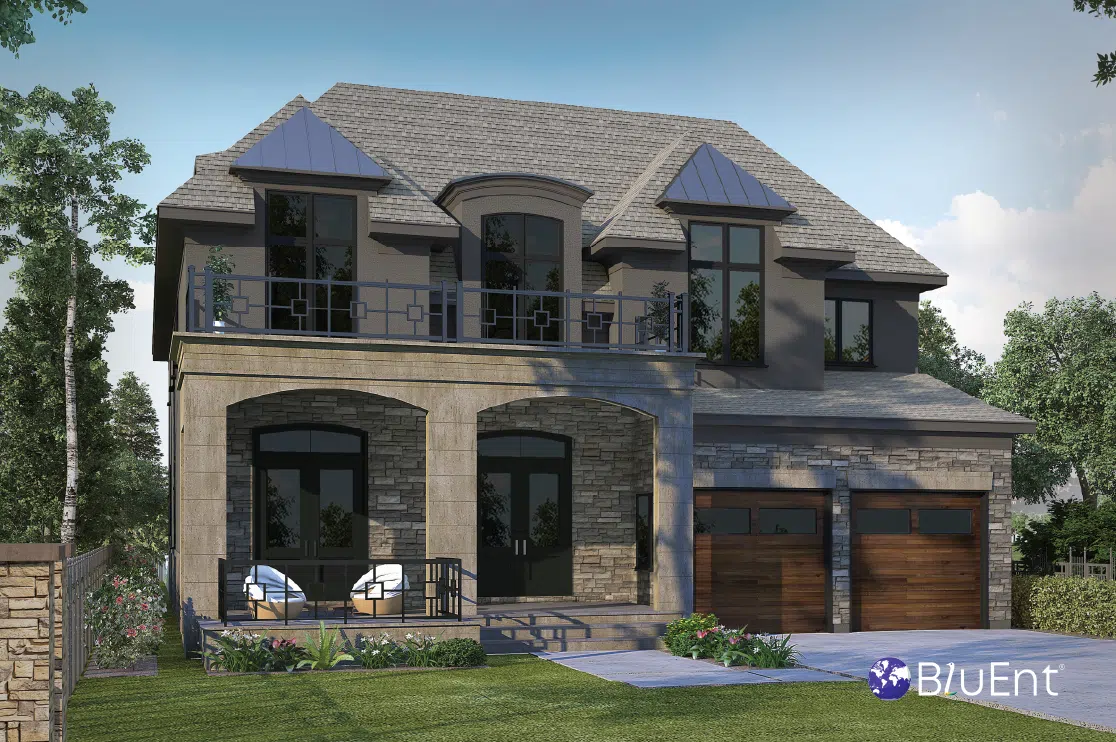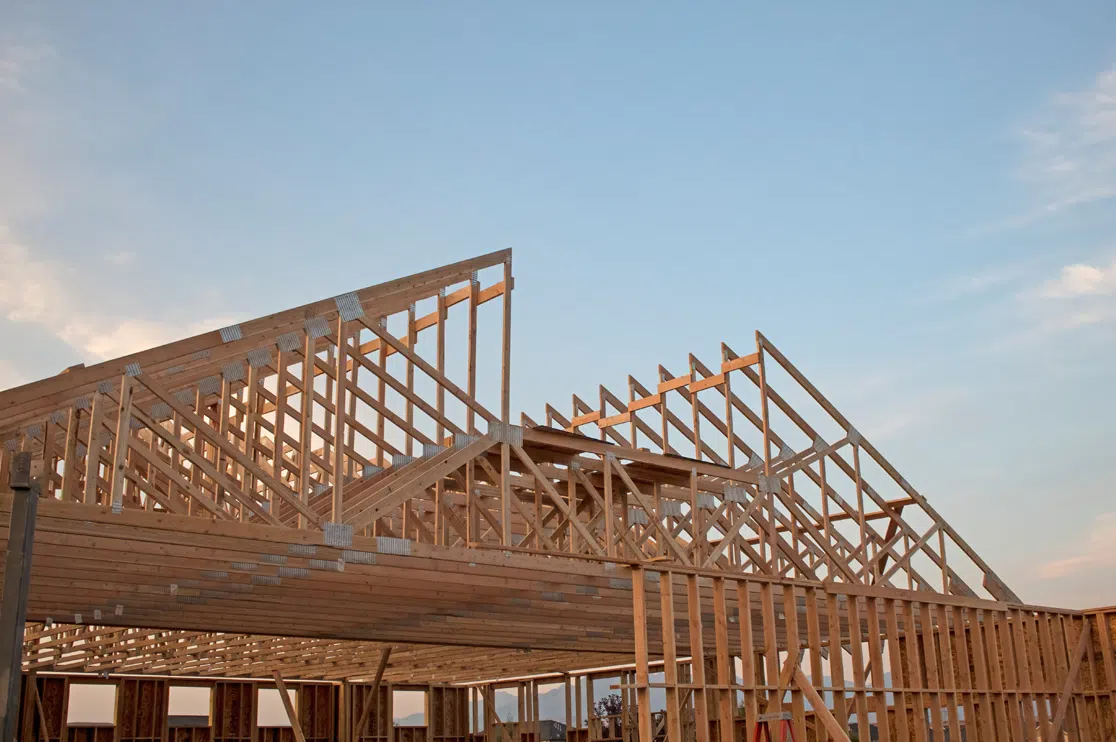Installing or replacing a roof is expensive. According to Forbes, the average cost for replacement in the US is 8,000 USD, with the higher end at about 11,000 USD. Typically, the largest variables are roofing types and the square footage of the home.
However, these costs are likely to rise further. This is due to supply chain issues, labor issues, high homeowner demand, and, more recently, rising oil prices due to the Russia-Ukraine war.
It’s understandable if your clients are biting their nails. Go through this article to gain a better understanding of what might work for them.
Table of Contents:
Introduction to Roofing Types
Your client will consider not just aesthetics but also durability, sustainability, cost, longevity, and energy efficiency. All these factors affect one another.
For example, the energy efficiency will inform the overall cost. Cheaper roofing materials that are not energy efficient will lead to increased electricity bills. Furthermore, the durability of the material will affect the roof’s longevity – how long it can go without major repairs or replacement.
While the type of roofing material is important, correct installation is absolutely crucial. Everything needs to be considered, from the climate to the slope of the roof to the style of the home. Not to mention the roof’s effects on gutter installation. Hence, accurate tile and stone shop drawings cannot be emphasized enough – they will help ensure the roof is secure and doesn’t spring some unpleasant surprises on your client.
Top 6 Roofing Styles
Everyone already knows about asphalt shingles – the most common roofing type due to their cost-effectiveness. Hence, we won’t cover that. Additionally, we’ve written about metal roofing types already, pros and cons and all, so that’s out in this article too.
One term you’ll come across a lot when it comes to types of roofing is “hail rating”. Under this, roofing materials can be rated from Class 1 to Class 4. This is based on their resistance to steel balls dropped from different heights.
With that, let’s dive in.
1. Plastic Polymer
Plastic polymer shingles can be developed to resemble wood or slate for a more elegant look, and they require less maintenance. This incredibly durable roofing material will last for over 50 years.
- High hail ratings – hold up well in cold or wet weather.
- Energy efficient. Like metal roofs, they keep homes warmer in winters and cooler in summers because they reflect energy instead of absorbing it.
- Having said that, being plastic, they are unsustainable. Hence, we recommend searching for manufacturers that use recycled materials.
2. Built-Up Roofing (BUR)
This is a layered roof made by alternating layers of hot tar (bitumen) and roofing felt and waterproof materials like fiberglass.
- BURs are typically used on flat roofs or roofs with only a slight pitch.
- They are inexpensive and fire-resistant.
- Process of installation can emit a foul smell.
- Lasts 20–30 years. Regular repair and inspection are required to maximize lifespan.
3. Wood Shingles & Shakes
There are two kinds of wooden roofing: shakes and shingles.
Shakes are hand-cut and have a more rustic appeal. On the other hand, wooden shingles are machine-cut and give a trim appearance with tapering.
They are not as practical as asphalt shingles, but if your project’s on a historical or traditional house, wood will look fantastic. Wood shingles are made from natural wood, such as pine or cedar.
Recommended Reading:
- Highly attractive and stylish.
- Difficult to install – not suitable for DIY.
- Natural insulator, so can be energy efficient.
- Not ideal for locations with wildfire hazards. (Some regions have legal restrictions on wood roofing for this reason). If your client still wants a wooden roof, it is advisable they keep a fire retardant handy.
- Not as durable as asphalt shingles, though they last longer.
- Prone to cracking – the manufacturer should have a good hail rating.
- Usually lasts 20–30 years. However, they can last 50 years in mild conditions and with proper maintenance.
4. Slate Roofs
If your client wants something exceedingly durable and tough, you might want to recommend slate roofing. It has the added benefit of lending unique character to a building.
Slate is a type of stone roof. The higher costs of natural slate have led to the development and popularity of synthetic slate roofing, made of materials such as clay, rubber, and plastic. While these roofs do not last as long as real slate roofs, they are more economical and do not need a trained mason for installation.
- Available in many colors.
- Can last 100–200 years with proper upkeep.
- Waterproof, non-combustible, and requires little maintenance throughout its life.
- Costly and labor-intensive to install. It is the most expensive common roofing material.
- Not ideal for DIY – should be installed by trained craftspeople.
5. Solar Glass
While there are many solar panel manufacturers for roofs, Tesla is currently the only one that offers a solar glass roof.
- Lifetime tile warranty and high hail rating.
- Expensive to install, but one might qualify for a tax credit depending on the location.
- Currently one of the most sustainable roofing materials, since it generates its own energy.
6. Clay or Cement Roofs
While clay tile roofs are popular across the Southwest of the US, they can be found all around the country due to their durability and strength. You can get traditional tiles (terracotta clay), ceramic tiles (fired clay), and concrete tiles.
- These tiles are installed in overlapping layers.
- All of them have about the same degree of durability and strength.
- A sturdy roof framing is required to hold the weight.
- Should be installed by professionals.
- Last over 100 years with proper maintenance.
- Can be damaged by cracking, but is not highly affected by decay or sloughing off of mineral grains.
And there you have it – the different types of roofs that are likely to appeal to your clients based on what they want. Is there a type of roof you’ve noticed your clients tend to go for? Let us know in the comments!
Any modern roof designs will require tile shop drawings and stone shop drawings for proper installation and safety.
BluEntCAD provides shop drawings services to flooring manufacturers and installers, stone manufacturers and installers, sheet metal manufacturers and installers, metal contractors, ceiling manufacturers, hand railing manufacturers and installers, signage manufacturers and installers, homebuilders, and architectural and engineering companies. Browse our portfolio to see how we’ve helped companies like yours!
Whether your project’s for a gable roof design, flat roof design, or anything else, we’ve got you covered with accurate shop drawing services. Contact us today!







 How 3D Architectural Visualization Boosts Property Pre-Sales?
How 3D Architectural Visualization Boosts Property Pre-Sales?  An Expert’s Guide to Roof Framing Plans for Large-scale Building Projects
An Expert’s Guide to Roof Framing Plans for Large-scale Building Projects  A Guide to 3D Condo and Apartment Rendering for Residential Projects
A Guide to 3D Condo and Apartment Rendering for Residential Projects  Details of Modern Ranch Style Open Floor Plans for Builders & Buyers
Details of Modern Ranch Style Open Floor Plans for Builders & Buyers